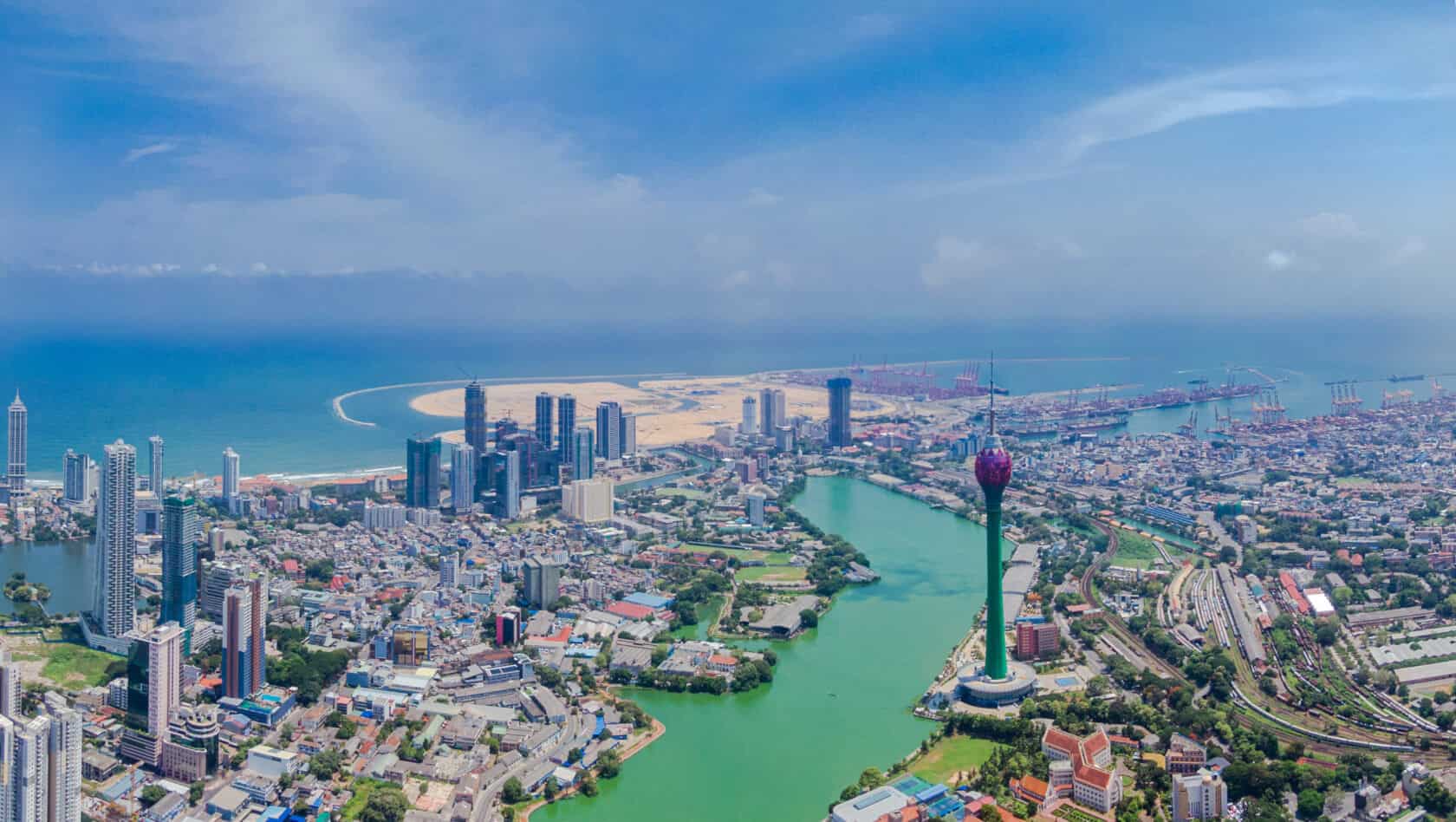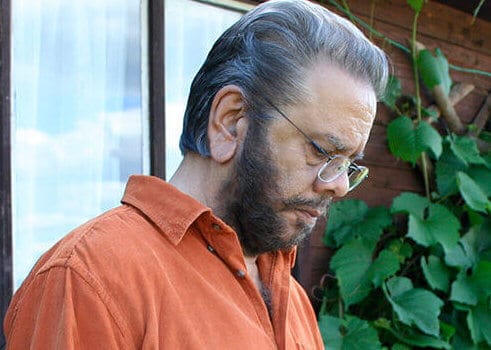Another edition of the Youth Time Travel Guide as we head to the wonderful climbs of Sri Lanka.
With winter and bitter cold approaching in many parts of the world, this island nation and a tropical paradise across the southern tip of India is the place to be in.
Wildlife; including friendly elephants, tropical sandy beaches with swaying palms, monuments, hiking trails along tea estates, near-shore coral reefs, scuba diving, sunshine with daytime temperatures hovering around 30C in December and January, hospitable people and affordability are all good reasons to spend your winter holidays in Sri Lanka also known as the pearl of the Indian Ocean.\
The History of Sri Lanka
The island was originally established by the Indo-Aryans as a Buddhist kingdom and was then known as Lanka.
The country being rich in minerals including precious stones like blue sapphire, rubies, alexandrite and many more and spices attracted the attention of the Portuguese and the Dutch who tried to colonise the nation.
After being successful in warding off the Portuguese for 300 years through battles and trade agreements this beautiful island finally first lost to the Dutch and eventually after the Dutch were defeated by Napoleon in Holland, Sri Lanka became a British colony and remained under their control until 1948.
The island had been named Ceylon by the British and it was only in 1972 that they renamed themselves Sri Lanka.
That was not yet the end of conflict. There was more to come.
The middle and south of Sri Lanka was controlled by the Sinhalese Buddhists and the north by the Hindu Tamils.
Conflict between the two began in 1983 and continued through to 2009. In the meantime in 2004 the country also had to suffer through the mighty Tsunami that killed tens of thousands and about a million and a half lost their homes.
Today the country is back to being the paradise it was.
Nature has endowed the country with rich mineral resources and beauty.
The major industries you see here are textiles, clothing, information technology, shipping and construction.
Added to that is growing and processing of agricultural products such as tea, rubber, coconuts, tobacco and rice. Mining for precious stones is another major source of income plus of course tourism.
As for affordability, for just 200,000 Sri Lankan Rupees one can have an excellent vacation for a good two weeks which would include your costs towards inland travel so that you can explore this splendid island at leisure. This works out to just $1,000.
While visiting on business, a light weight suit preferably linen since it can be hot and humid is recommended.
The younger ones will mostly greet you with a handshake and the older generation are most likely to do a namaste.
There is every likelihood that your business associate will invite you home. They are hospitable. Remember to take off footwear at the entrance and wash your hands before and after the meal.
You will be served a few times and the dishes will be several. Leave a little of the food on your plate once you are full to indicate you want no more.
As with most countries, it takes several visits before trust is established and you commence doing business.
The Sri Lankans have difficulty saying ‘no’ so more often than not you will get vague and round about answers if they are not interested.
All in all, you will find them extremely polite, hospitable and accommodating.
If you’re carrying a token business gift, offer it with both hands and similarly receive it with both hands. Unlike in the west, gifts are not opened in the presence of the giver. That’s for later, in privacy.
As a tourist you will wear casual clothing and for footwear you’ll be happy with flip flops or sandals.
Nudity on the beaches is not allowed.
Places to Visit
Colombo: This is the commercial capital of the country and bustles with life. It’s worth investing two to three days to explore the city for its cuisine, people, the Mount Lavinia beach, the Lotus Tower and more.
Pinnawala Elephant Orphanage: This orphanage for elephants has a little under 100 elephants including many babies. Visiting this Pinnawala is a full day well spent watching and interacting with the gentle giants.
Adam’s Peak: Good for hiking, experiencing the biodiversity, going on a wildlife safari and watching the early sunrise. This is a mountain in Sri Lanka, a little over 2,000 meters high and is a UNESCO heritage site.
Yala National Park: This is home to the largest number of leopards. You also get to see wild elephants.
Ulpotha: Popular for ayurveda. Many go here for treatment and for learning yoga. Peaceful.
Kandalama: To experience the beauty of nature, hiking and hot air balloon rides.
Horton Plains National Park: Famous for its waterfalls, lakes, biodiversity, fog forests and natural pool for swimming. This national park is at an elevation of a little over 2,000 meters.
Beaches and scuba diving: After you have explored the country, head for the most beautiful and tranquil beaches. With a coastline of nearly 1,400 kilometers the island has any number of beaches. The most popular among them are Upppuveli, Arugam Bay, Bentota, Hiriketiya and Mirissa. Relax and enjoy the fresh seafood.
On your way out from Sri Lanka buy a gem or two. Perhaps a blue sapphire or a ruby.
Another great travel destination here:
Support us!
All your donations will be used to pay the magazine’s journalists and to support the ongoing costs of maintaining the site.
Share this post
Interested in co-operating with us?
We are open to co-operation from writers and businesses alike. You can reach us on our email at [email protected]/[email protected] and we will get back to you as quick as we can.










